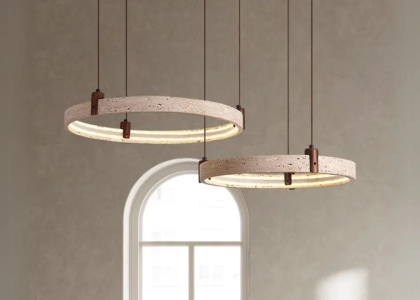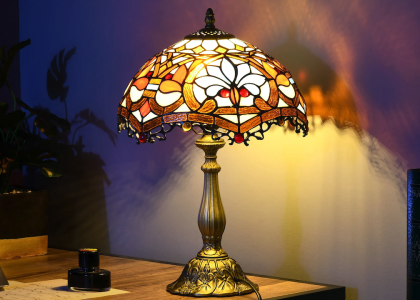Lava lamps have been an iconic fixture in bedrooms, living rooms, and offices for decades. Their mesmerizing glow and unique liquid formations have captured the imagination of many individuals, both young and old. In this article, we will explore the history and science behind lava lamps and why they continue to be a beloved novelty item.
History of Lava Lamps
The first Lava Lamp was invented by British accountant Edward Craven Walker in 1963. He was inspired by a century-old chemistry set presented to him by a friend. The set contained a homemade egg timer filled with oil and water, which sparked Walker’s interest in creating a novelty lamp. He experimented with different types of oil and wax to create a liquid that would move and bubble when heated.
Walker’s initial design was called the “Astro Lamp,” which was later renamed the “Lava Lamp.” The lamp’s popularity soared in the 1960s and 70s, becoming an iconic symbol of the hippie counterculture movement.
How Lava Lamps Work
Lava lamps consist of two primary components: a glass container and a liquid mixture. The liquid mixture typically consists of a combination of colored wax and a clear or colored liquid, such as water or mineral oil. The lamp also contains a light bulb that heats the wax, causing it to rise to the top of the container. As it cools, it falls back down to the bottom and the process repeats, creating the lamp’s signature liquid formations.
The wax used in lava lamps is a special mixture of paraffin wax, microcrystalline wax, and stearic acid. This combination allows the wax to expand and contract at different temperatures, creating different shapes and patterns as it moves. The specific formula for each brand of lava lamps is often a well-guarded secret, giving each company a unique product.
Benefits of Lava Lamps
Aside from being an aesthetically pleasing novelty item, lava lamps have been said to provide many benefits. The soft and soothing glow of the lamp can help to create a calming environment that promotes relaxation and stress relief. Some people use lava lamps as a form of therapy, utilizing their calming effects to help manage anxiety and other mental health conditions.
Research has also shown that lava lamps can help to improve one’s focus and creativity. The lamp’s gentle movements and warm glow can provide a soothing backdrop that allows the brain to relax and focus on the task at hand. This can be especially beneficial for individuals who work in high-stress environments, such as in creative or tech fields.
Lava Lamps in Pop Culture
Lava lamps have had a long-standing presence in pop culture. They have been featured in music videos, movies, and television shows, often as a symbol of the counterculture movement. The 1990s hit television show “Friends” prominently featured a lava lamp in the apartment of character Chandler Bing, helping to solidify its place in popular culture.
Lava lamps have also been used as a stylistic element in interior design. Their unique shape and range of colors make them a versatile addition to any room. They can be used to create a retro vibe, or as a statement piece in a modern home.
Lava lamps have stood the test of time as an iconic novelty item. Their soothing glow and unique liquid formations have captivated people for over five decades. Whether used for relaxation, work, or décor, lava lamps will continue to hold a special place in the hearts of many.





